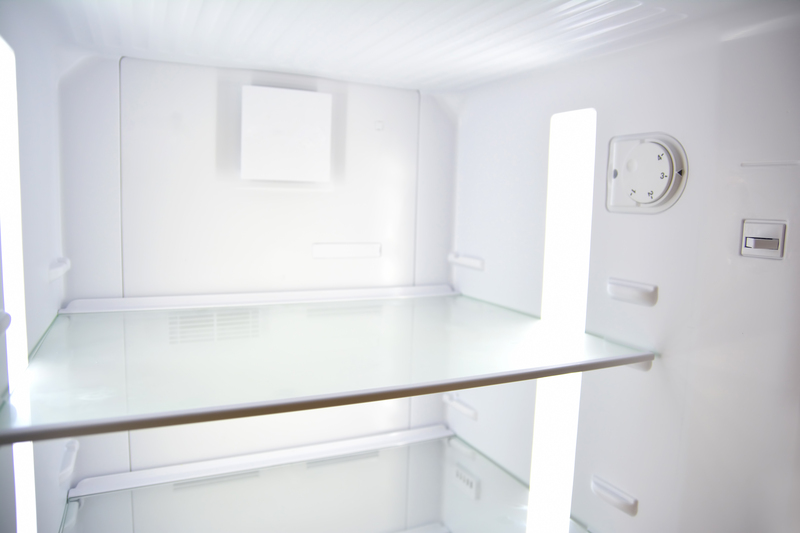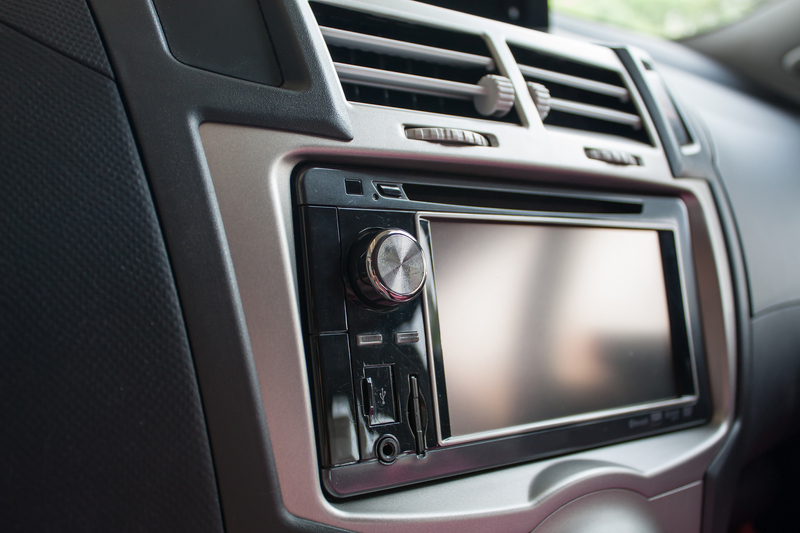Avoiding Common Packing Mistakes When Moving House
Moving house is an exciting new chapter for anyone, but it also comes packed with challenges, chief among them packing your belongings efficiently and safely. The excitement of a new home can quickly fade in the chaos of a badly planned move. Many homeowners commit common packing mistakes during the moving process, leading to stress, damaged items, and even unnecessary expenses. In this comprehensive guide, we'll outline how to avoid the most frequent packing errors, making your transition as smooth and stress-free as possible.

Why Proper Packing Matters When Moving
Before exploring the typical packing pitfalls, it's important to understand why careful packing is crucial during a house move:
- Prevents breakage and damage to furniture and fragile items.
- Makes unpacking easier and faster in your new home.
- Reduces moving costs by optimizing box usage and minimizing accidents.
- Ensures safety for you and your movers by preventing overly heavy or unstable boxes.
Let's take a closer look at the most common packing mistakes people make, and how you can avoid them.
1. Procrastinating or Underestimating Time
Start Early for a Stress-Free Move
One of the biggest blunders in the packing process is waiting until the last minute. Many homeowners underestimate the time and effort required for organizing, packing, and labeling all their possessions. Leaving packing until a few days before the move often leads to rushed packing, breakages, and lost items.
- Tip: Begin packing non-essential items at least 3-4 weeks before your move date. Set daily or weekly targets to avoid a last-minute rush.
- Prepare an essentials box with items you'll need immediately upon arrival - things like toiletries, a change of clothes, and important documents.
2. Not Decluttering Before Packing
Don't Pack What You Don't Need
Packing unwanted or unused items is a major packing error. It leads to unnecessary effort, higher moving costs, and more clutter in your new home. Before putting anything in a box, take some time to declutter and organize your belongings.
- Sort items into keep, donate, sell, or discard piles.
- Organize a garage sale or donate gently used items to charity.
- Dispose of out-of-date or broken items responsibly.
Eliminating clutter makes packing more manageable and helps create a fresh start in your new house.
3. Using the Wrong Packing Materials
The Importance of Sturdy Boxes and Proper Supplies
When planning your move, it is tempting to save money using old or flimsy boxes, plastic bags, and makeshift wrapping. However, this can result in damaged items and difficult handling.
- Purchase or collect strong, appropriately sized boxes.
- Use bubble wrap, packing paper, or even soft towels for protecting breakables.
- Invest in high-quality packing tape to ensure boxes don't open during transport.
- Avoid overfilling boxes, as this can cause splitting or make them unmanageable to carry.
Using the right packing supplies is an investment in the safety of your belongings.
4. Poor Labeling and Organization
Label Everything for Easy Unpacking
Failing to label boxes is a classic moving mistake that makes unpacking a nightmare. Imagine needing your coffee maker on your first morning in the new house, only to have no idea which box it's in!
- Clearly label every box with its contents and the room it belongs to.
- Color-code or number your boxes for quick reference (e.g., kitchen-blue, bedroom-red).
- Keep a master inventory list, especially for valuable or essential items.
This step may take extra time during packing, but it will save hours of frustration when you arrive at your new place.
5. Packing Heavy Items Incorrectly
Heed the Weight Rule: Heavy Items on the Bottom
Another frequent mistake when packing for a house move is to put heavy items in large boxes, assuming they will be easier to load. However, placing heavy objects in large boxes makes them difficult to carry and more likely to break, potentially harming you or your movers.
- Pack heavy items, like books, in small boxes to keep loads manageable.
- Always place heavier items on the bottom of the box and lighter items on top.
- Don't exceed around 50 pounds per box.
Proper weight distribution reduces risk of injury and keeps fragile contents safe.
6. Overfilling or Underfilling Boxes
Balance is Key to Effective Packing
Both overfilled and underfilled boxes can cause problems:
- Overfilled boxes may burst open or become impossible to lift safely.
- Underfilled boxes are likely to collapse when stacked.
Fill boxes to the top, but don't overload them. Use packing paper or towels to fill any gaps so the contents do not shift during the move.
7. Neglecting Fragile Items
How to Keep Breakables Safe
Rushing the process or skimping on padding almost guarantees some delicate items will arrive chipped or shattered. Packing fragile items for moving requires extra care and special materials:
- Wrap each breakable item individually using bubble wrap or packing paper.
- Use specialized boxes for dishes, glassware, and artwork if possible.
- Mark boxes as "FRAGILE" and ensure they are loaded on top in the moving vehicle.
Treat your delicate items with the attention they deserve to avoid heartbreak on arrival.
8. Forgetting to Prepare an Essentials Box
Your Survival Kit for Moving Day
Once everything is packed up, it can be almost impossible to find basic necessities. Many movers forget to set aside an essentials box -- a huge mistake on moving day!
- Pack a box or suitcase with toiletries, medications, basic kitchen supplies (e.g., kettle, mugs), snacks, important documents, and chargers.
- Include a few changes of clothes and comfort items for children or pets as needed.
This "open first" box will make the first night in your new home comfortable and stress-free.
9. Neglecting to Plan for Special Items
Moving Plants, Pets, and Valuables
Certain belongings require special treatment when moving house, such as:
- Plants: Don't water them heavily before the move to prevent leakage. Place them in sturdy boxes and cushion pots with packing paper.
- Pets: Keep their carriers accessible and pack food, toys, or medications separately.
- Valuables: Pack jewelry, important documents, and Electronic devices yourself and keep them with you.
Never leave valuable items in the moving van or with strangers.
10. Skipping the Inventory
Track Your Belongings for Peace of Mind
Making a moving inventory list may seem tiresome, but it's one of the best ways to avoid losing items and to simplify insurance claims in case something goes missing or is damaged. Use a notebook, spreadsheet, or a smartphone app to keep track of:
- Each box's contents and its intended room.
- High-value or irreplaceable items with serial numbers if possible.
- Notes on the condition of fragile or sentimental belongings.
This checklist provides peace of mind and protects your interests throughout the process.
Bonus Tips for a Successful House Move
- Consider professional packers for delicate or high-value items to ensure a safe move.
- Label furniture parts and hardware when disassembling beds, tables, or bookshelves. Store screws and bolts in labeled plastic bags taped to the furniture.
- Double-check entryways and measure large furniture to ensure it fits into your new home before moving day.
- If you're using a moving company, confirm booking details and insurance coverage in advance.

The Financial Impact of Packing Mistakes
It's essential to remember that avoiding common packing mistakes when moving house isn't just about stress - it can save you money too. Improperly packed boxes can lead to the need for replacements, repairs, or even claims on your moving insurance policy. By planning ahead and packing smart, you can stick to your moving budget and start your new life off on the right financial foot.
Conclusion: Avoid Mistakes, Enjoy Your Move
Relocating can be a wonderful adventure with the right preparation. By planning ahead, investing in the correct materials, and maintaining organization throughout the process, you can avoid the most common packing mistakes when moving house. From decluttering and labeling to protecting breakables and preparing for the first night, these steps will help ensure a smooth transition, saving time, money, and a great deal of stress.
Ready for your next chapter? Follow these proven tips to avoid packing pitfalls and make your next move the smooth, successful experience you deserve. Happy moving!



